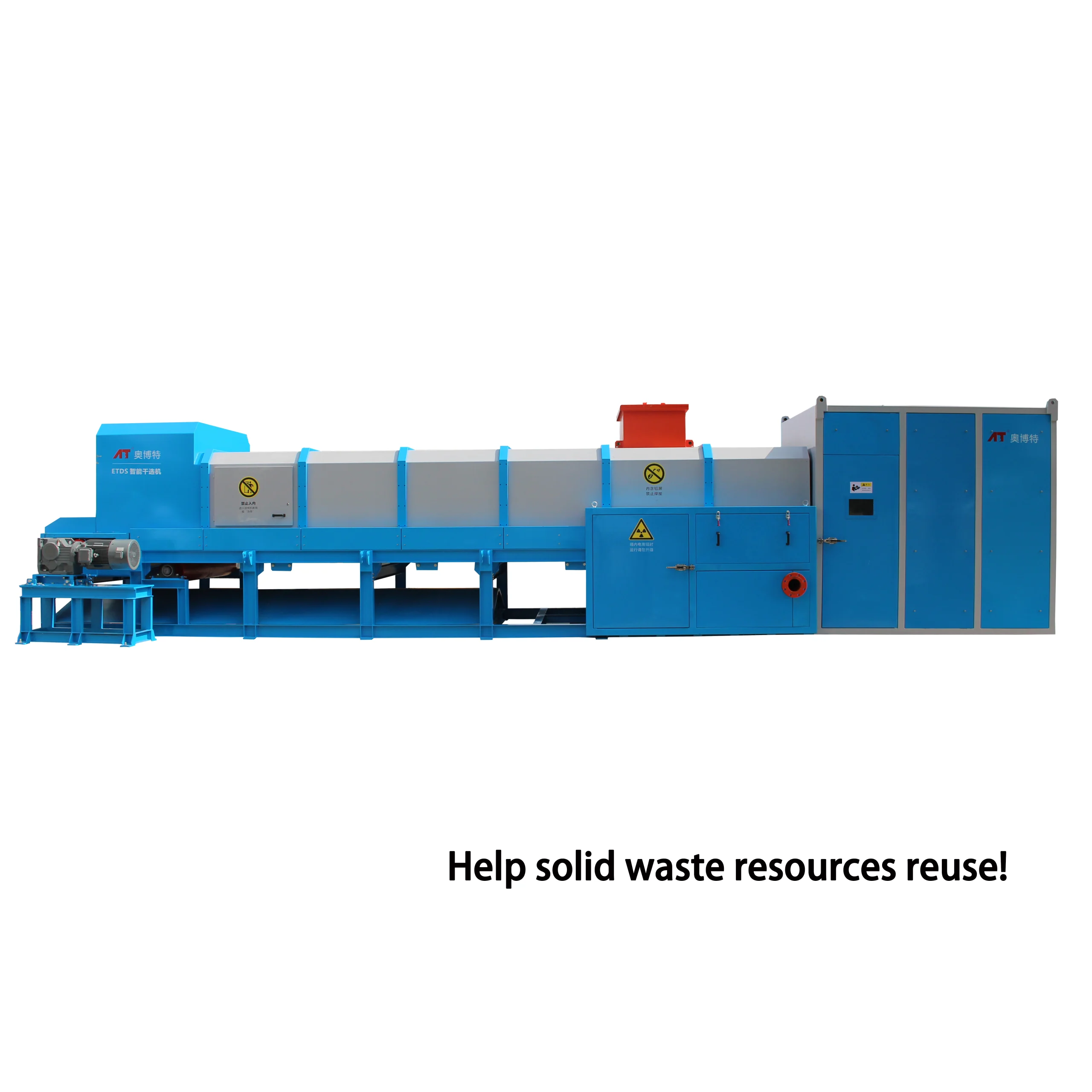A Future of Separation: Reasons Why Dry Separation Systems Are Present to Endure

As industries keep to develop confronting mounting environmental concerns and the necessity for efficiency, the techniques we use to separate materials are becoming increasingly sophisticated. One such innovation that has gained considerable traction is the dry separator, a tool that revolutionizes how we handle sorting materials, particularly in the coal sector. Thanks to its capability to enhance productivity while reducing water usage, the dry separator is not only a practical solution but also a sustainable one.
Among the various types available, the coal dry sorting machine and the X-ray dry separator are prominent for their advanced capabilities. These devices utilize cutting-edge technology to improve the accuracy and efficiency of coal sorting, thereby maximizing yield and reducing waste. Looking to the future, it is evident that dry separation technologies are indeed a passing trend; they are permanently established, playing a crucial role in the evolution of resource management and environmental stewardship.
Advancements in Coal Dry Separation Technology
The coal sector has seen a significant transformation in dry sorting technology, with the introduction of advanced machines that enhance efficiency and performance. These machines have become critical tools for operators looking to improve their resource extraction while reducing waste. These machines utilize various techniques, including air separation and mechanical separation, to achieve exceptional accuracy in sorting different coal grades using no water, which is a considerable advantage in regions facing limited water resources.
A key advancement in this field is the introduction of X-ray dry separators. This technology uses sophisticated imaging systems to analyze the composition of coal in real-time, allowing for enhanced discrimination between different materials. By applying X-ray scanning, operators can improve the recovery of high-grade coal and reduce the amount of contaminants in the final product. This not just leads to better product quality but also fosters sustainable mining practices by decreasing environmental impact.
Innovations in AI and machine learning are also transforming the functionality of coal sorting machines. These smart systems can leverage past data and optimize sorting processes, leading to increased throughput and reduction of costs. As companies adopt these developments, the future of dry sorting in the coal industry looks promising, promising to deliver approaches that are effective, environmentally friendly, and cost-effective.
Benefits of X-Ray Separators
X-Ray dry separators offer significant advantages in the coal processing industry, especially regarding efficiency and precision. By employing cutting-edge X-ray technology, these machines can quickly and accurately identify and separate different coal types based on their distinct density and composition. This feature not only enhances the quality of the final product but also optimizes resource recovery, allowing for better sorting of valuable materials from waste.
Additionally, the expenses associated with these separators are significantly lower compared to conventional wet processing methods. These machines remove the need for water, reducing costs related to water acquisition, treatment, and waste management. Additionally, X-ray technology reduces wear and tear equipment, leading to decreased maintenance costs and extended operational lifespans, which ultimately lead to a more sustainable production process.
Finally, X-Ray dry separators significantly lessen the impact on the environment associated with coal sorting. By removing the need for water and reducing waste generation, these machines comply with increasing regulatory requirements and public demand for more environmentally friendly mining practices. As businesses seek to enhance their eco-friendly profiles, integrating X-Ray dry technology into coal sorting operations becomes an attractive option that supports both economic and environmental goals.
A Future Field of Coal-related Separation Technologies
As the need for cleaner energy options keeps to grow, the importance of high-performance coal sorting technologies remains more and more evident. The progress in coal dry sorting technologies is laying the path for a increasingly sustainable and effective mining industry. Such technologies use advanced sorting methods to distinguish coal from impurities without the need for using water, thus greatly minimizing water consumption and associated environmental effects.
One major most exciting advancements in this field is the X-ray dry separator. This technology uses X-ray fluorescence and transmission techniques to accurately assess and separate coal based on its chemical composition. The precision of X-ray dry separators not only enhances the quality of the separated coal but also maximizes recovery levels, ensuring operators can increase their profitability while adhering to stricter guidelines regarding waste and resource management.
As we look forward, the incorporation of artificial intelligence and machine learning is set to revolutionize the operation of coal sorting technologies. By examining data in real-time, these systems can adapt their sorting processes dynamically, leading to better efficiency and adaptability to varying coal types. As the industry shifts toward adopting these technological advancements, dry separators will serve a key role in shaping the future of coal handling, ensuring their relevance in an changing energy landscape.

